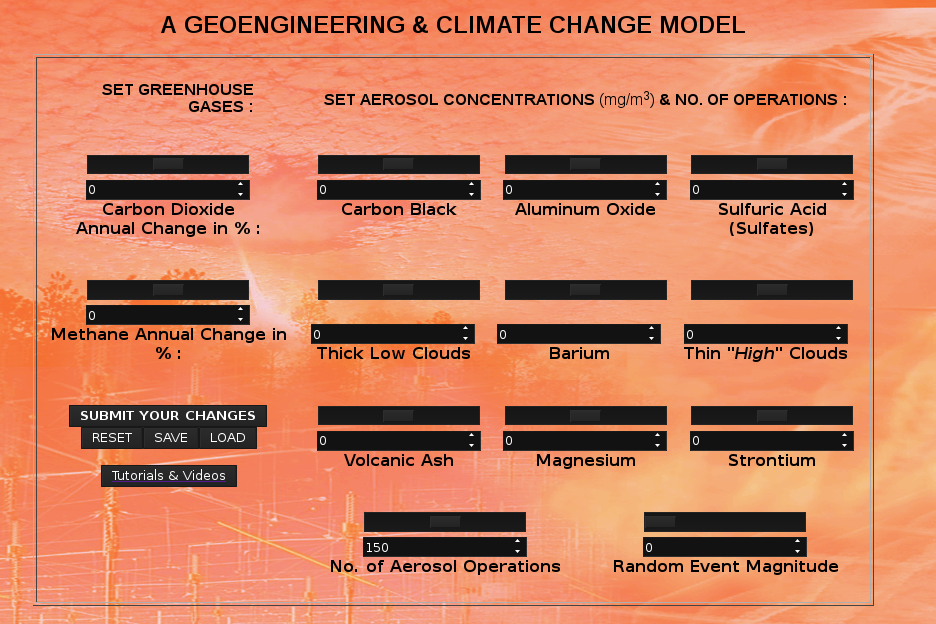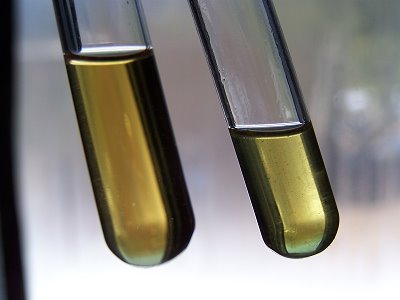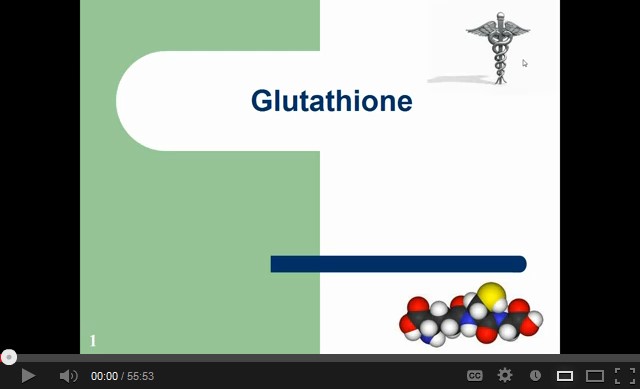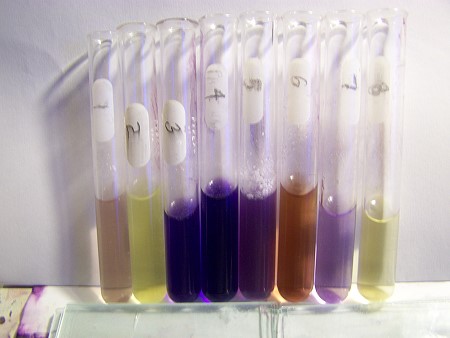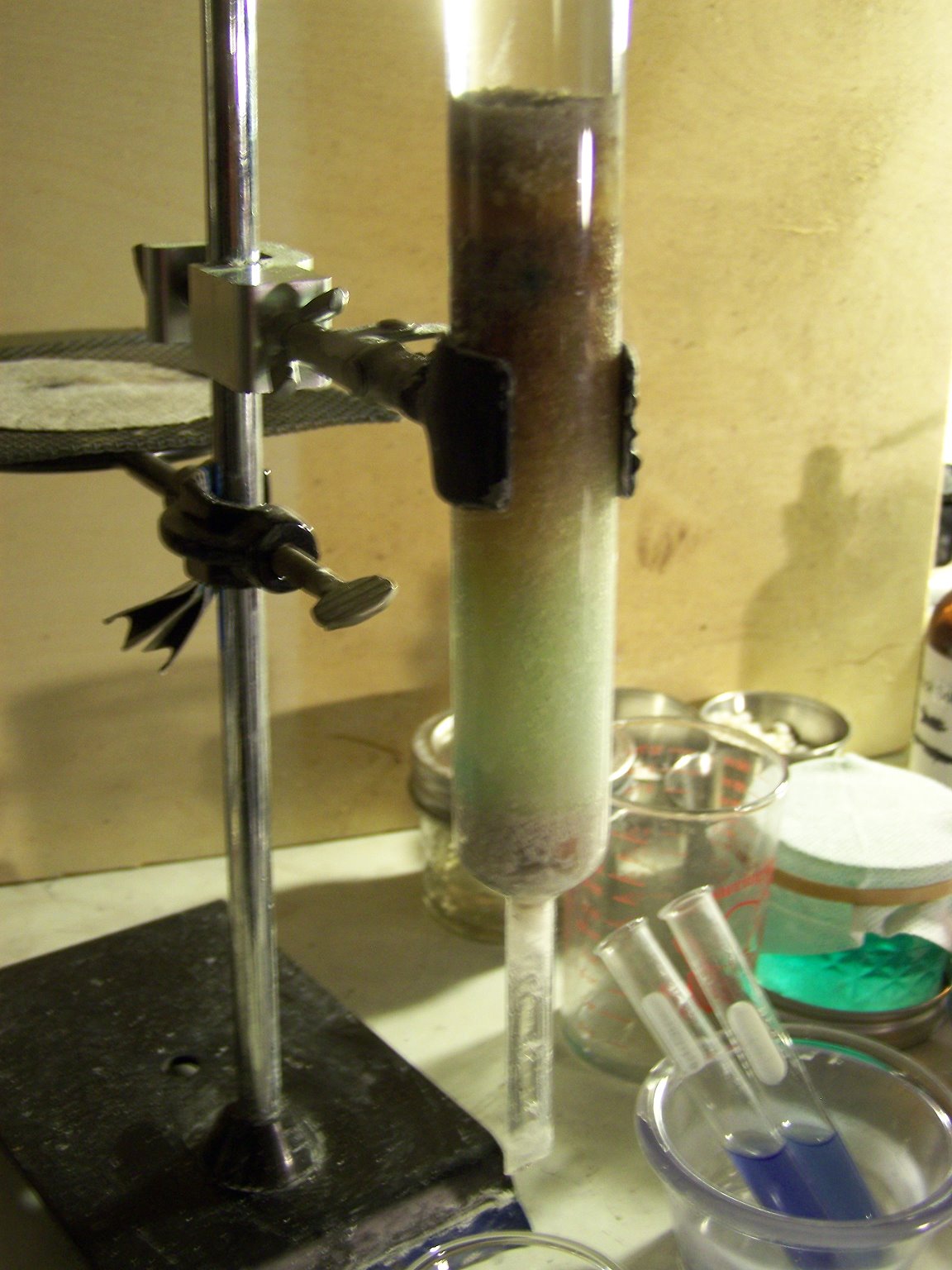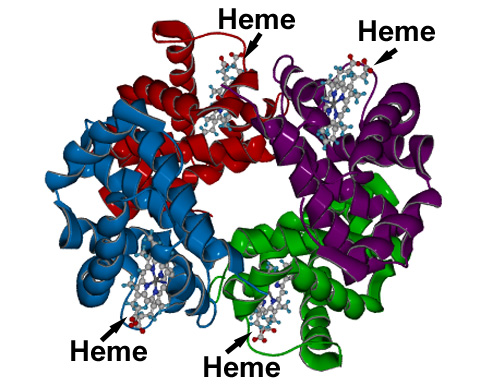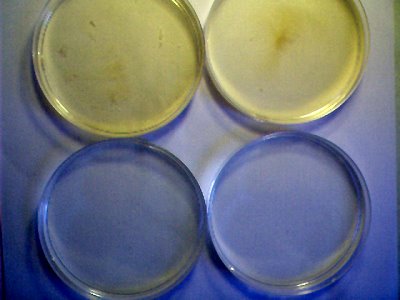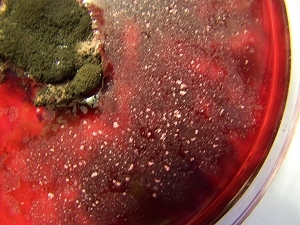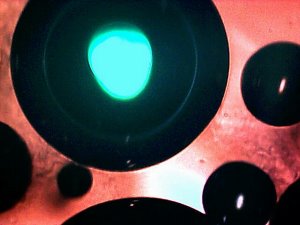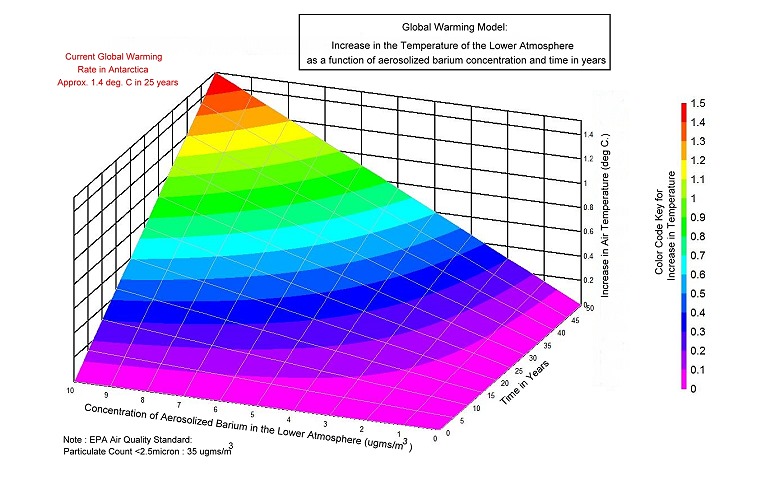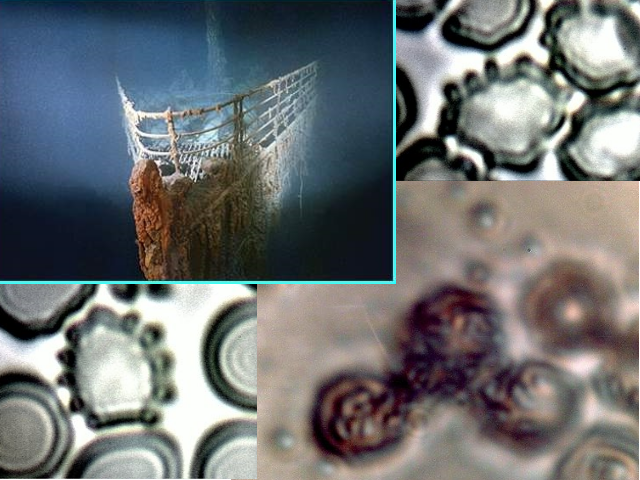
Discussed in this paper are items such as: the role that iron appears to play in the growth of the underlying Morgellons organism, minimum conditions that allow the growth of this organism, identification of different growth forms related to these organisms, the unique spectral signature of this underlying organism indications of increased acidity in correlation with the Morgellons condition, and strategies to be considered in the mitigation of the growth of this organism. This paper continues to speak to the findings presented even further, with thought provoking ideas brought up, such as being able to use the spectral analysis of blood to determine the existence of the organism in living things, whether there is the possibility of getting the body to absorb more iron in order to ‘starve’ the organism of what iron is in the body (versus maybe lowering the amount of iron in the body to ‘starve’ the organism…a likely worse idea), and ways to reduce the growth of the organism with alkalization and nutrients.
